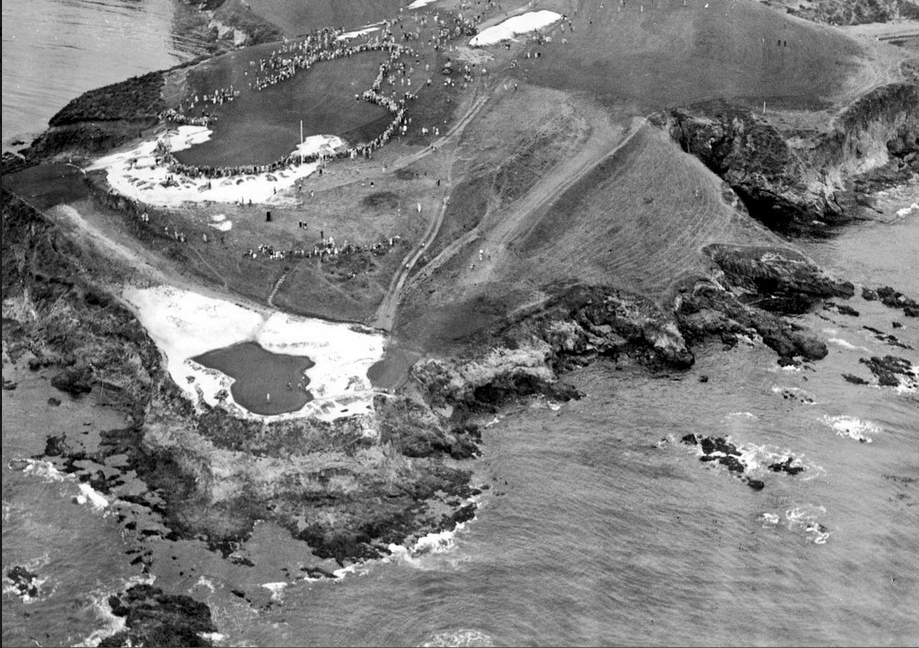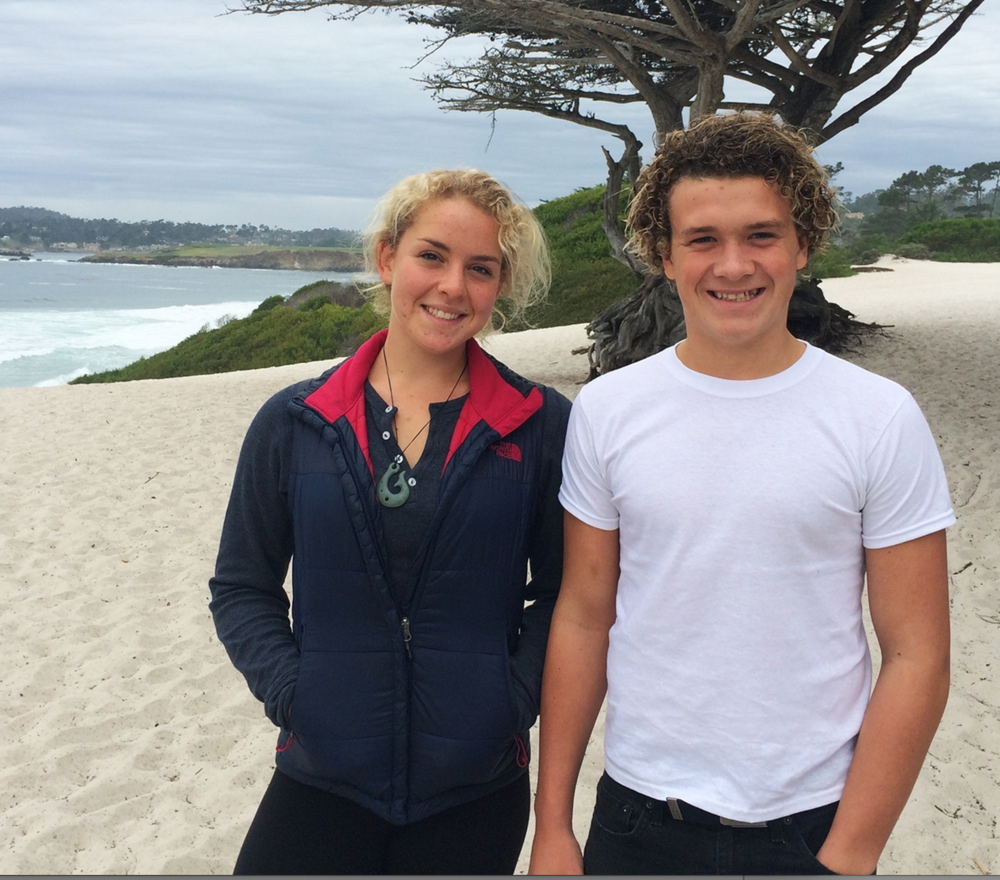Pebble Beach Flyovers: Thirteenth And Fourteenth Holes
/I’ve always had something for 13 given it’s simple, but timeless strategy: hug the huge left bunker, get a great view and stance for approach the steeply-pitched Alister MacKenzie green from 1926.
Bail out right and the view stinks, the angle isn’t great and the stances vary. The bunkers down the right were suggested by the USGA’s Tom Meeks and should be filled in at the first opportunity. Like the third hole, the player should be lured to bail out, not deterred by sand.
The green has been remodeled since the last U.S. Open and certain functions much better. It still gives players fits with its steep pitch.
At 380 yards into the wind back in 1929, it was also seen as a long iron approach hole.
The 13th will feature a new tee this time around. For what it’s worth, players in last summer’s U.S. Amateur were not shy about bailing out way left.
At 580 yards the 14th can play seemingly a hundred yards longer to into the wind and uphill. It’s 330 to carry the bunkers and hard to do visually from the tee. The lurking OB right, with the wind in from the left, doesn’t help, either.
This green has been remodeled since the last U.S. Open and should function better, though without an attempt to restore the old lost front right pin, will be a bit one-dimensional again. The removal of a short grass chipping area left of the green this time around should encourage a few players to attack the green in two after a long drive.





























